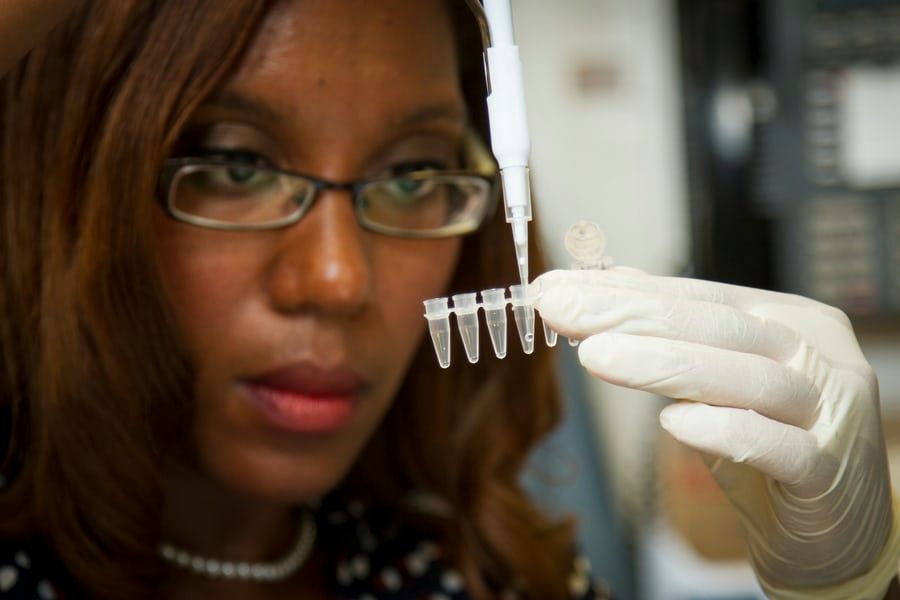New COVID-19 Test Can Give Results Faster Than Currently Available Methods
The novel sensor system is able to detect the presence of a virus in just 1 second.

A recent study conducted by investigators from the University of Florida, in collaboration with Taiwan's National Chiao Tung University, discusses the development of a novel COVID-19 test which can deliver results within just 1 second, significantly quicker than most currently available methods.
The results from the study were published in the Journal of Vacuum Science & Technology B.
"This could alleviate slow COVID-19 testing turnaround time issues," Minghan Xian, an author and a chemical engineering doctoral candidate at the University of Florida said.
For the study, the team of investigators worked upon previous research that they conducted which demonstrated the detection of biomarkers that are relevant in the Zika virus, heart attacks, and cerebral spinal fluid leaks.
The team developed a sensor system that amplifies the binding signal for a target biomarker in order to detect the presence of a virus.
The system has sensor strips which are connected to a circuit board via a connector which sends a short, electric signal between a gold electrode which is bonded with a COVID-19 antibody and an auxiliary electrode. Once this is completed, the signal returns to the circuit board where it is analyzed.
"Our sensor system, a circuit board, uses a transistor to amplify the electrical signal, which then gets converted into a number on the screen," Xian said. "The magnitude of this number depends on the concentration of antigen, the viral protein, present within our test solution."
Additionally, the cost of the test is able to be greatly reduced due to the fact that the test circuit board is reusable. The investigators believe that this technology can also be adopted for other uses.
"By altering the type of antibodies attached to the gold surface, we can repurpose the system to detect other diseases," Xian said. "The system can serve as a prototype for modularized, inexpensive protein biomarker sensors for expedient real-time feedback within clinical applications, operating rooms, or home use."
